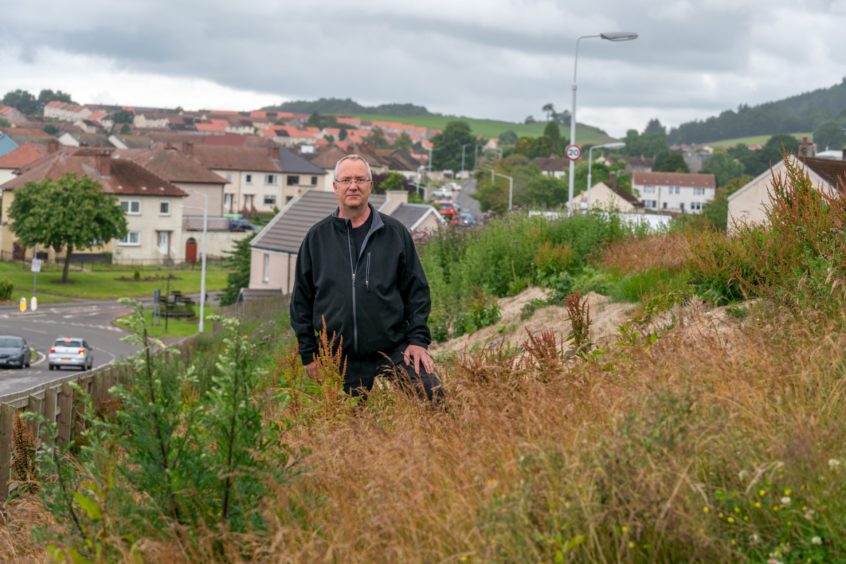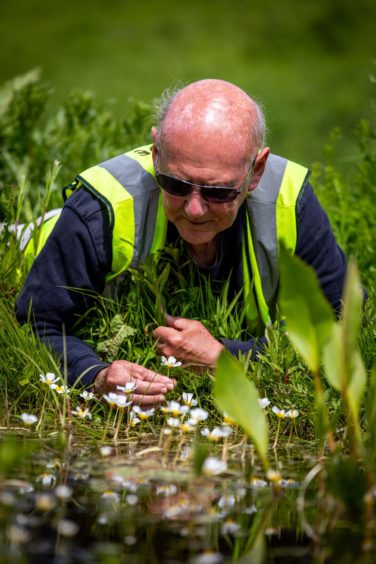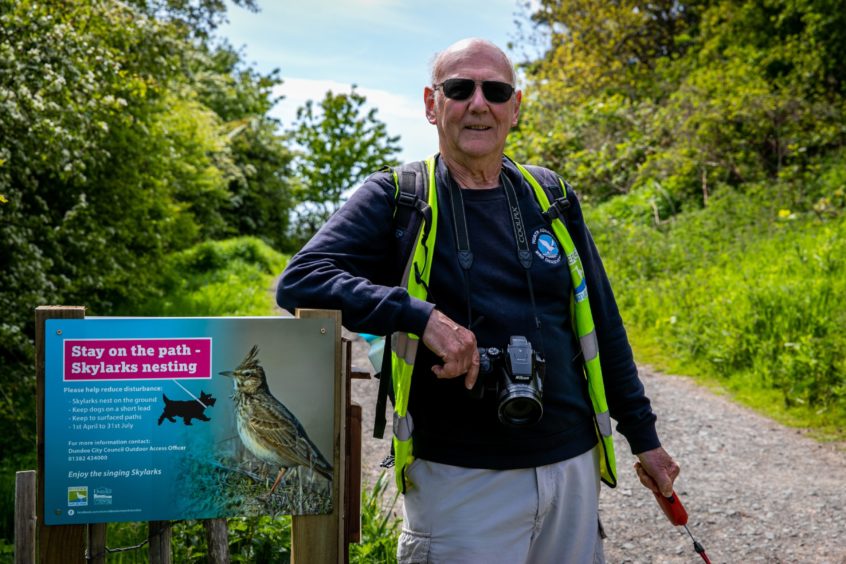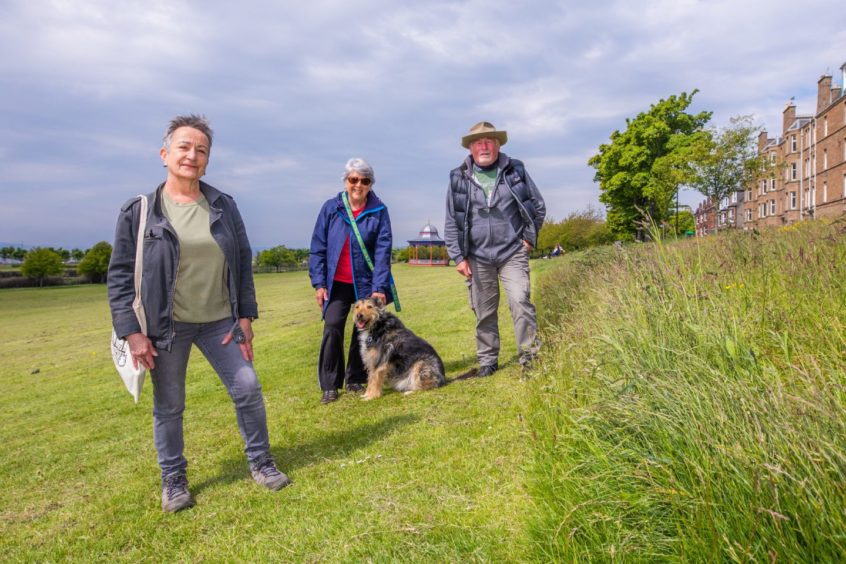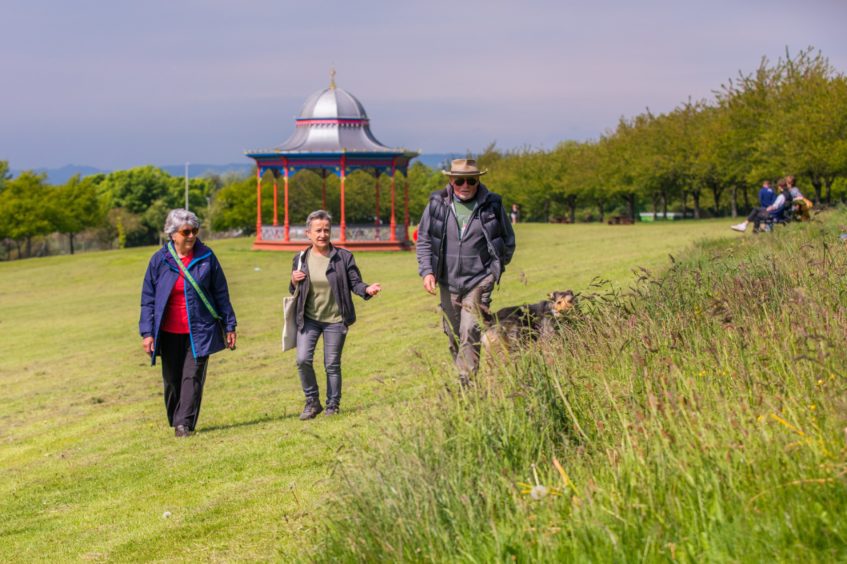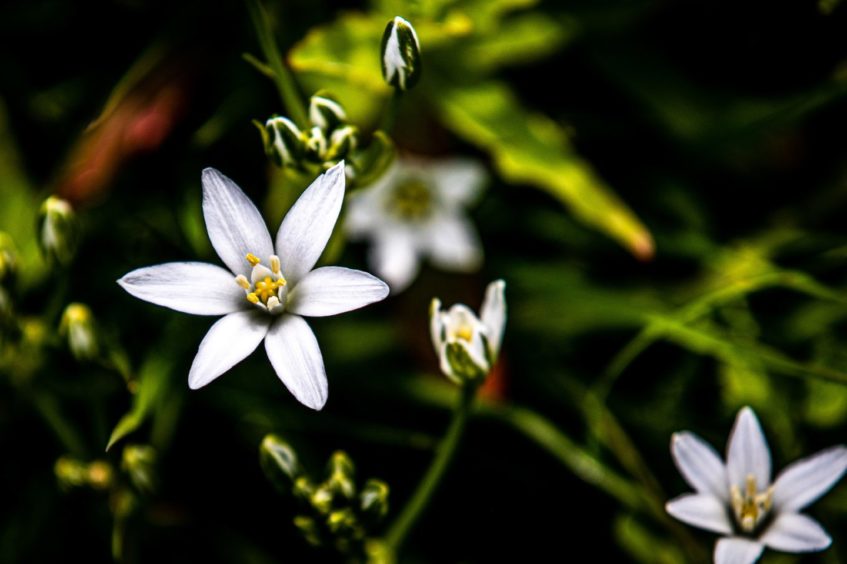Councils in Tayside and Fife are to leave roadside and park grass verges uncut as part of a “rewilding” drive – but some community groups still oppose the plans.
Local authorities in Fife and Dundee have been accused of trying to cut costs under the guise of biodiversity and putting public health and road safety at risk.
It comes after a study by Exeter University found councils letting roadside verges go wild could bring huge environmental benefits.
Sites across Dundee and Fife are being considered for “naturalisation” after public consultation.
In Dundee most city parks, as well as along the Esplanade in Broughty Ferry, are in the frame for greater wildlife zones.
In Fife areas including near Clatto reservoir in Cupar and a stretch of Craigtoun Park, on the outskirts of St Andrews, are under consideration.
Saturday marks World Environment Day, which includes the UN launching its Decade of Ecosystem Restoration.
‘First impressions count’
Tom Kinnaird, of Benarty Community Council, has been butting heads with Fife Council over the issue.
“First impressions count and some of these areas are at entrances to Fife.
“If people see that the council doesn’t care, then they don’t care themselves. You get increased littering from that.
He also highlighted road safety concerns.
“Some of the grass can reach quite a height and block the view of drivers at T-junctions,” he added.
Scott Clelland, Fife Council service manager, said a recent consultation found 65% of Fifers approved of longer grassland.
“The areas designated within the proposal, which amounts to less than 10% of all the grassland the council maintains, will be managed differently so that over time we’ll see an increase in wildflower growth.”
It will create an “inviting habitat” and that sight lines at road junctions will be cut, he added.
‘It’s an example of what can be achieved’
In Dundee green champion Ian Ford has been working to transform Riverside Nature Park, showing the benefits of letting nature do its thing.
“In the past few years here we have seen a huge boost for bird and insect life,” he said.
The park is a very good example of what can be achieved by letting things go a bit wild.
“We have more than 150 species of wild flowers here now.”
A pond tucked away near the Invergowrie end of the park is one of his favourite spots.
“We have frogs, toads and newts here now, when there wasn’t before.
“You just dig a base for the pond and leave nature to do its thing.”
Ian did clash with the council last year when his greater yellow rattle, which requires a licence to grow, was cut in November.
A fence has since been erected to protect the area from future grass cutting.
“I’d like to see a mower get through that,” he said.
Ian also is keeping a keen eye on how the council carries out its roadside grass verge cutting.
He plans to visit every proposed site.
“I am going to put together recommendations of what I think will best benefit each section,” he said.
It follows his own survey of the verge running alongside Riverside Drive, as well as some other sites.
“I have been looking at the different methods used.
“Some places, there were as many as 65 different species of flowers.
“In other places, it could be about four or five.
“I’m not a statistician but that’s quite a significant difference, to me.”
The other side of the tracks
Not everyone is happy about the plans in Dundee, however.
Friends of Magdalen Green has been urging the council to reconsider its plans for the West End park.
The group disagrees with the council’s decision to leave the Magdalen Yard Road end of the park to grow, noting it is the area where most people enter.
Sandra McDowall, secretary for the group, said: “Access to the green is difficult for many in the community, with older users having to walk further to reach the paths, not wishing to struggle through the long grass.
“Long grass hides broken glass and other litter, posing dangers for all users.
“Rubbish litters the whole space, as people won’t care for an uncared space.”
Sandra also questions the weight of a public survey carried out by the council.
About 550 responses, which were largely in favour of the plans, were garnered.
“(It’s) hardly representative and certainly not ‘overwhelmingly in favour’,” she added.
Dundee City Council says 75% of respondents were positive about the plans.
Councillor Anne Rendall, neighbourhood services convener, said: “The overwhelming support for the creation of biodiversity sites and naturalised grasslands in our parks and greenspaces is very encouraging.”
Wildlife boost
Researchers at Exeter University found that letting grass verges go wild can help save dwindling vegetation and insect life.
About 1.2% of Great Britain – about twice the size of Fife – is covered in grass verges, research using Google Maps found.
Ben Philips, lead author of the report, said councils should adopt a balanced approach.
“The best results will come from adopting different approaches in different areas,” he said.
“By not cutting certain areas, it allows the plants to do their thing; instead of just providing food for insects, for example, it can become a home.
“But it’s important for there to be signage or good communication so people are clear that these areas are not just being left alone but are actually part of a biodiversity programme.
“That could help with the littering issue.”
